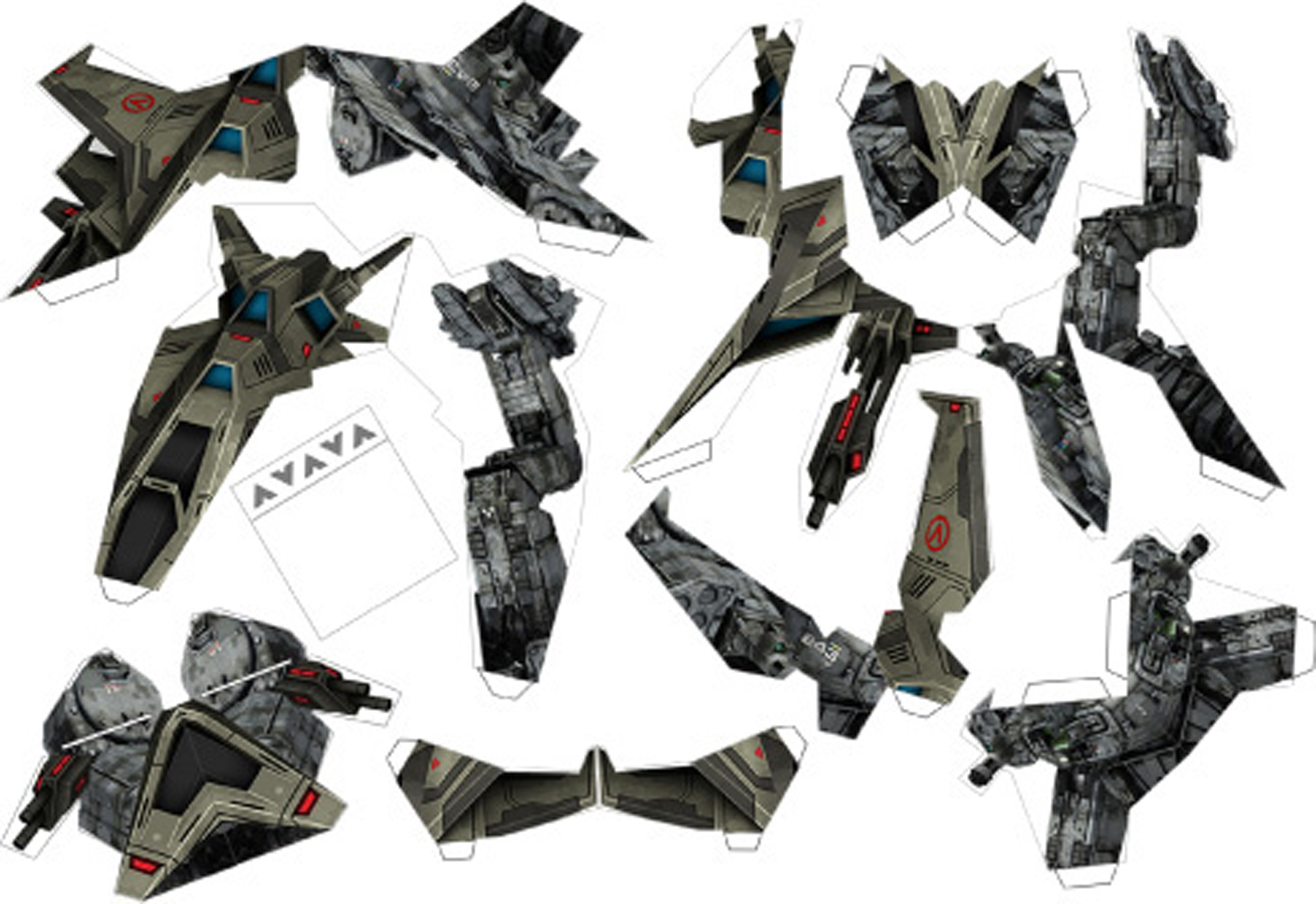“Computational Design of Transforming Pop-up Books” by Xiao, Zhu, Martin, Xu, Lu, et al. …
Conference:
Type(s):
Title:
- Computational Design of Transforming Pop-up Books
Session/Category Title: Design
Presenter(s)/Author(s):
Moderator(s):
Abstract:
We present the first computational tool to help ordinary users create transforming pop-up books. In each transforming pop-up, when the user pulls a tab, an initial flat two-dimensional (2D) pattern, i.e., a 2D shape with a superimposed picture, such as an airplane, turns into a new 2D pattern, such as a robot. Given the two 2D patterns, our approach automatically computes a 3D pop-up mechanism that transforms one pattern into the other; it also outputs a design blueprint, allowing the user to easily make the final model. We also present a theoretical analysis of basic transformation mechanisms; combining these basic mechanisms allows more flexibility of final designs. Using our approach, inexperienced users can create models in a short time; previously, even experienced artists often took weeks to manually create them. We demonstrate our method on a variety of real-world examples.
References:
- S. Belongie, J. Malik, and J. Puzicha. 2002. Shape matching and object recognition using shape contexts. IEEE Trans. Pattern Anal. Mach. Intell. 24, 4 (April 2002), 509–522.
- Stelian Coros, Bernhard Thomaszewski, Gioacchino Noris, Shinjiro Sueda, Moira Forberg, Robert W. Sumner, Wojciech Matusik, and Bernd Bickel. 2013. Computational design of mechanical characters. ACM Trans. Graph. 32, 4, Article 83 (July 2013), 12 pages.
- Andrew Glassner. 2002a. Interactive pop-up card design, part 1. IEEE Comput. Graph. Appl 20, 1 (2002), 79–86.
- Andrew Glassner. 2002b. Interactive pop-up card design, part 2. IEEE Comput. Graph. Appl 20, 2 (2002), 74–85.
- S. Gottschalk, M. C. Lin, and D. Manocha. 1996. OBBTree: A hierarchical structure for rapid interference detection. In Proceedings of the Special Interest Group on Computer GRAPHics and Interactive Techniques (SIGGRAPH’96) (Annual Conference Series). 171–180.
- Yuki Igarashi, Takeo Igarashi, and Jun Mitani. 2016. Computational design of iris folding patterns. Comput. Vis. Media 2, 4 (Dec. 2016), 321–327.
- L. Joskowicz and E. Sacks. 1994. Configuration space computation for mechanism design. In Proceedings of IEEE International Conference on Robotics and Automation. 1080–1087.
- Bongjin Koo, Wilmot Li, JiaXian Yao, Maneesh Agrawala, and Niloy J. Mitra. 2014. Creating works-like prototypes of mechanical objects. ACM Trans. Graph. 33, 6, Article 217 (Nov. 2014), 9 pages.
- Sang N. Le, Su-Jun Leow, Tuong-Vu Le-Nguyen, Conrado Ruiz, and Kok-Lim Low. 2014. Surface and contour-preserving origamic architecture paper pop-ups. IEEE Trans. Vis. Comput. Graph. 20, 2 (Feb. 2014), 276–288.
- Tuong-Vu Le-Nguyen, Kok-Lim Low, Conrado R. Ruiz Jr., and Sang N. Le. 2013. Automatic paper sliceform design from 3D solid models. IEEE Trans. Vis. Comput. Graph. 19, 11 (2013), 1795–1807.
- Y. T. Lee, S. B. Tor, and E. L. Soo. 1996. Mathematical modelling and simulation of pop-up books. Comput. Graph. 20, 1 (1996), 21–31.
- Honghua Li, Ruizhen Hu, Ibraheem Alhashim, and Hao Zhang. 2015. Foldabilizing furniture. ACM Trans. Graph. 34, 4, Article 90 (July 2015), 12 pages.
- Xian-Ying Li, Tao Ju, Yan Gu, and Shi-Min Hu. 2011. A geometric study of V-style pop-ups: Theories and algorithms. ACM Trans. Graph. 30, 4 (2011), 98:1–10.
- Xian-Ying Li, Chao-Hui Shen, Shi-Sheng Huang, Tao Ju, and Shi-Min Hu. 2010. Popup: Automatic paper architectures from 3D models. ACM Trans. Graph. 29, 4 (2010), 111:1–9.
- James McCrae, Karan Singh, and Niloy J. Mitra. 2011. Slices: A shape-proxy based on planar sections. ACM Trans. Graph. 30, 6, Article 168 (Dec. 2011), 12 pages.
- Jun Mitani and Hiromasa Suzuki. 2003. Computer aided design for 180-degree flat fold origamic architecture with lattice-type cross sections. J. Graph. Sci. Jpn. 37, 3 (2003), 3–8.
- J. Mitani and H. Suzuki. 2004. Computer aided design for origamic architecture models with polygonal representation. In Proceedings of the Computer Graphics International. 93–99.
- J. Mitani, H. Suzuki, and H. Uno. 2003. Computer aided design for origamic architecture models with voxel data structure. Trans. Inf. Process. Soc. Jpn. 44, 5 (2003), 1372–1379.
- Robert L. Norton. 2011. Design of Machinery, 5th ed. McGraw–Hill Education (March 30, 2011).
- Sosuke Okamura and Takeo Igarashi. 2009. An interface for assisting the design and production of pop-up card. Lect. Not. Comput. Sci. 5531, 2 (2009), 68–78.
- Matthew Reinhart. 2013. Transformers: The Ultimate Pop-up Universe. LB Kids; Pop edition.
- Conrado R. Ruiz, Sang N. Le, Jinze Yu, and Kok-Lim Low. 2014. Multi-style paper pop-up designs from 3D models. Comput. Graph. Forum 33, 2 (2014), 487–496.
- Yuliy Schwartzburg and Mark Pauly. 2013. Fabrication-aware design with intersecting planar pieces. Comput. Graph. Forum 32, 2 (2013), 317–326.
- Brian G Winder, Spencer P Magleby, and Larry L Howell. 2009. Kinematic representations of pop-up paper mechanisms. J. Mech. Robot. 1, 2 (2009).
- Jungdam Won and Jehee Lee. 2016. Shadow theatre: Discovering human motion from a sequence of silhouettes. ACM Trans. Graph. 35, 4, Article 147 (July 2016), 12 pages.
- Shiqing Xin, Chi-Fu Lai, Chi-Wing Fu, Tien-Tsin Wong, Ying He, and Daniel Cohen-Or. 2011. Making burr puzzles from 3D models. ACM Trans. Graph. 30, 4, Article 97 (July 2011), 8 pages.
- Yahan Zhou, Shinjiro Sueda, Wojciech Matusik, and Ariel Shamir. 2014. Boxelization: Folding 3D objects into boxes. ACM Trans. Graph. 33, 4, Article 71 (July 2014), 8 pages.
- Lifeng Zhu, Weiwei Xu, John Snyder, Yang Liu, Guoping Wang, and Baining Guo. 2012. Motion-guided mechanical toy modeling. ACM Trans. Graph. 31, 6, Article 127 (Nov. 2012), 10 pages.




